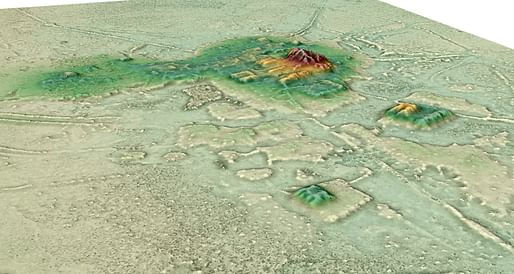

Mysterious mounds in the southwest corner of the Amazon Basin were once the site of ancient urban settlements, scientists have discovered. Using a remote-sensing technology to map the terrain from the air, they found that, starting about 1,500 years ago, ancient Amazonians built and lived in densely populated centres, featuring 22-metre-tall earthen pyramids, that were encircled by kilometres of elevated roadways. — nature
According to archaeologists, this is the first clear evidence that urban societies existed in this part of the Amazon Basin, a region that was long believed to have only been wilderness before the arrival of Europeans. Researchers had previously thought that all Amazonians lived in small, nomadic tribes that had little impact on their surrounding environment due to the lack of nutrient-rich soil required to support large-scale agriculture. However, more recent findings suggested the presence of man-made patches of domesticated plants and adequate soil. And, in 2018, archaeologists discovered hundreds of large, geometric mounds, uncovered due to deforestation, that hinted at potential organized societies.
To investigate further, a research team employed LIDAR (Light Detection and Ranging), in which they flew a helicopter equipped with the technology over six areas previously occupied by the Casarabe people, who first appeared around A.D. 500. The undertaking revealed the size and shape of 26 settlements, along with walled compounds with broad terraces, pyramids, and causeways that connected the sites to one another. The LIDAR images also revealed the presence of reservoirs in the settlements.
No Comments
Block this user
Are you sure you want to block this user and hide all related comments throughout the site?
Archinect
This is your first comment on Archinect. Your comment will be visible once approved.